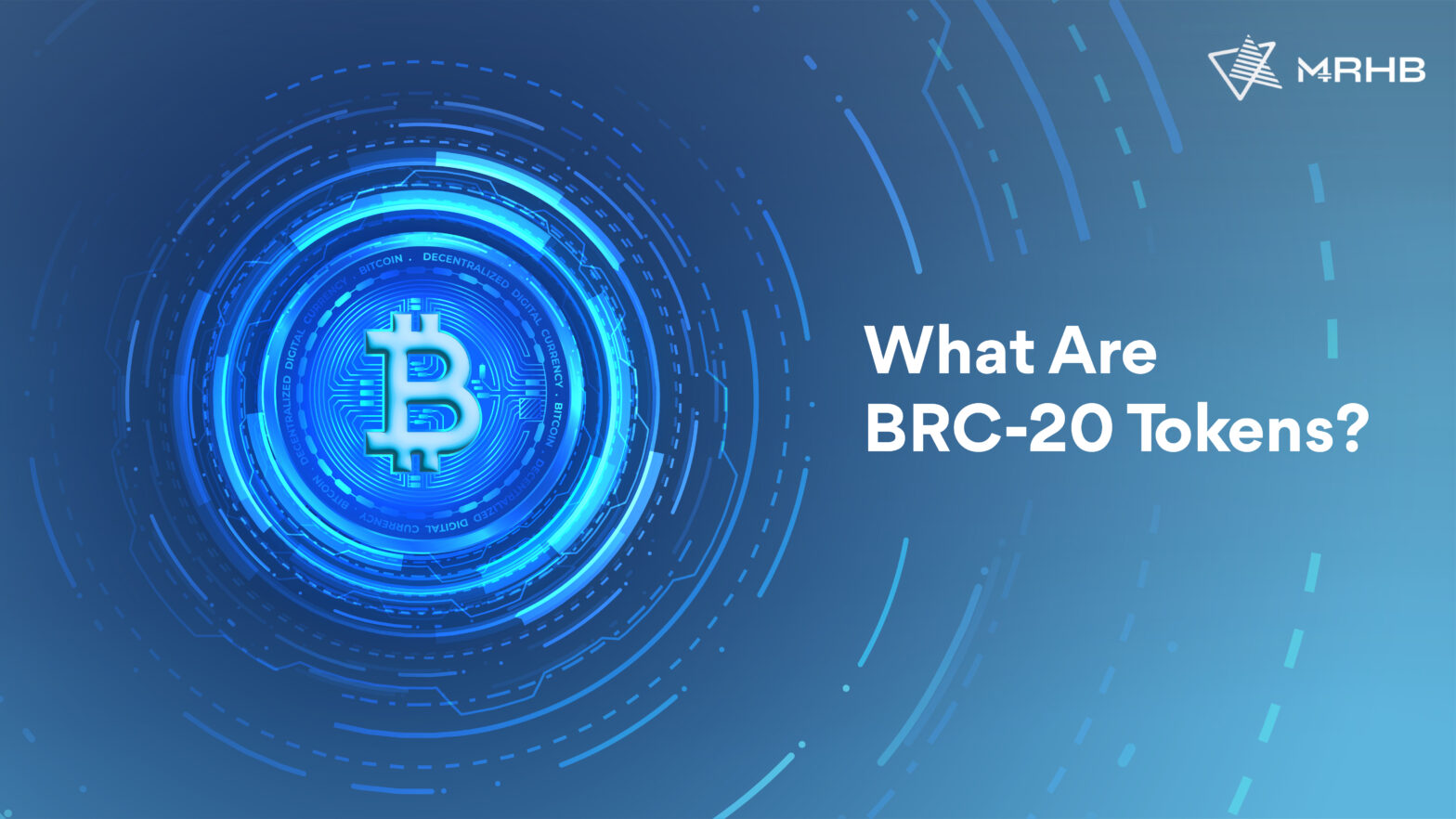For the first time since its launch in 2009, the Bitcoin blockchain experienced a problem of network congestion in May 2023. This was in no way related to conventional crypto transactions. Instead, the new BRC-20 tokens were to blame. Despite being strictly experimental in nature, these tokens have given a new meaning to the Bitcoin Ordinals protocol and its application. But what exactly is the BRC-20 standard? What’s different about these tokens compared to BTC and why did they cause such a buying frenzy?
What Are BRC-20 Tokens?
BRC-20 is an experimental token standard that uses the Ordinals protocol to create and transfer fungible tokens on the Bitcoin blockchain. It is created by inscribing Satoshi with JSON data which governs their deployment, minting, and exchange journey.
Although new and experimental in nature, the BRC-20 token has shot to prominence with its market capitalization exceeding USD 1 billion in May 2023. Some notable examples of BRC-20 tokens are ORDI, PEPE, and MEME tokens.
BRC-20 vs. ERC-20 tokens
The BRC-20 token is inspired by the ERC-20 token of the Ethereum network. Both are standard fungible tokens that depend on a parent blockchain. Despite this similarity, there are some stark differences between the two:
- The BRC-20 token exists on the Bitcoin blockchain, whereas the ERC-20 is standard on the Ethereum blockchain and EVM.
- BRC-20 tokens are built by inscribing data onto a Satoshi. They do not use smart contracts. As a result, they have minimal functionality. On the other hand, ERC-20 tokens are built upon smart contracts code. This lets them interact with other blockchains or protocols to offer various functions.
- BRC-20 tokens follow the proof-of-work consensus mechanism, with a block verification speed of 10 minutes. ERC-20 tokens on the other hand use the proof-of-stake consensus protocol and take 15 seconds for block verification.
- BRC-20 tokens exist parallel to the Bitcoin network. This means that the activities on the BRC-20 protocol do not directly affect the BTC blockchain. In contrast, the ERC-20 tokens are maintained in resonance with the Ethereum network. So, developments on the ERC-20 protocol are registered on the Ethereum blockchain.
- The BRC-20 protocol is still in its nascent experimentation stage but over 14,000 BRC-20 tokens have been deployed. However, their practical use cases are still few in comparison. So, the prospect of this token standard is uncertain. On the other hand, the ERC-20 is an established token standard with over 1 billion tokens circulating. With proven functional stability, it is widely accepted for usage across multiple Web3 platforms.
How Can You Create and Trade BRC-20 Tokens?
BRC-20 uses the Ordinals protocol to make numbered satoshis work as fungible tokens. Before their invention, Satoshi was being inscribed with unique data to create non-fungible Bitcoin ordinals. The inventor of BRC-20 used some loopholes in the Taproot upgrade to build an experimental token standard on satoshi.
These coins are functionally similar to ordinary crypto tokens but operate upon a different back-end program. Instead of using smart contracts, they are minted by attaching JSON (Javascript Object Notation) code to satoshis. These JSON scripts govern the mint, deployment, and supply of BRC-20 tokens on the Bitcoin network.
To create your own BRC-20 token, you need a crypto wallet that is compatible with the Ordinals protocol, such as the UniSat wallet. Along with this, you need to buy some BTC which will be used for paying gas and transaction fees. After setting up your UniSat wallet account, you can select the option to “inscribe” and “deploy” a token. You will also be able to set up the total supply and limit per mint for your token.
To begin trading the newly created BRC-20 tokens, you will need to connect your wallet to a crypto marketplace platform. Here, you can search for your token ticker or name, and buy it like any other crypto token. Subsequent exchanges and trades are similar in process to the common rules of the market portal.
Use Cases of BRC-20 Tokens
Although BRC-20 exists as an experimental standard as of now, there is potential for it to be a viable crypto token. The addition of new upgrades in the Bitcoin network bodes well for an expansion in its overall usability as a digital asset class. Here are some potential use cases of the BRC-20 token:
1. Tokenization
The BRC-20 standard can be used to represent real-world assets such as fiat currencies, gold, and real estate. The JSON code lets us define the characteristics of a BRC-20 token with respect to supply, minting limits, and other properties. This will allow convenient tokenization of a variety of commodities with distinctive properties. Tokenization without using smart contracts can bring a new era of wealth management where crypto tokens are pegged against valuable assets.
2. P2P Transactions
BRC-20 tokens exist parallel to the Bitcoin blockchain and utilize its network to move across blocks. In the future, they can be used as digital currencies for making payments on Web3 platforms. As the tokens gain traction on crypto marketplaces, their potential to efficiently represent value will increase. Hence, they can conduct peer-to-peer transfers between parties in the DeFi ecosystem.
3. Decentralized Finance
The BRC-20 offers greater usage flexibility as compared to the traditional Bitcoin. The Bitcoin blockchain needs to catch up when it comes to integrating with the wider DeFi network. Developments in the BRC-20 experiment could expand its functionality to create assets that are compatible with DeFi exchanges, lending protocols, and other multi-chain platforms.
The Future of BRC-20 Tokens
Despite being an established cryptocurrency, Bitcoin was falling behind in terms of its utility in the wider DeFi space. Almost a decade after its launch, developers have just now started exploring the potential of the Bitcoin blockchain by inventing assets such as Bitcoin Ordinals and the BRC-20 tokens.
But this new wave of evolution has not come without challenges, as the problem of network congestion and rising gas fees accompanies this technological leap.
Knowing all this, the future of Bitcoin-based assets seems bright, and experimenting with the BRC-20 token standard could be a step in the right direction in the cryptoverse.

